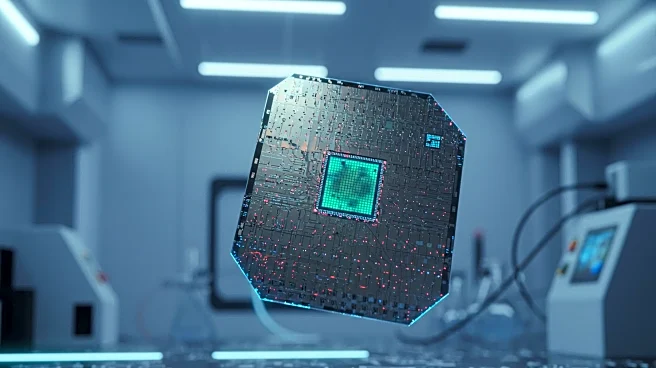Rapid Read • 7 min read
Recent advancements in electron beam lithography (EBL) have enabled the precise fabrication of nanoantennas and metasurfaces, crucial for developing advanced electronic, photonic, and quantum devices. The study highlights the influence of exposure dose on the size and pattern density of nanoantennas, with lower doses resulting in smaller features. The research explores the effects of substrate material on energy dispersion and dissipation, revealing that substrates like silicon (Si) and silicon dioxide (SiO2) impact electron scattering and charge accumulation. These findings are significant for optimizing nanofabrication processes and achieving high-resolution patterning.
AD
The ability to precisely pattern materials at the nanoscale is vital for the development of next-generation electronic and photonic devices. This research provides insights into optimizing EBL processes, which can lead to improved device performance and miniaturization. The findings have implications for industries focused on semiconductor manufacturing, quantum computing, and advanced optics, potentially enhancing the efficiency and capabilities of these technologies. The study also underscores the importance of substrate selection in achieving desired fabrication outcomes.
Future research may focus on further refining EBL techniques to minimize pattern distortion and enhance feature fidelity. The study suggests exploring alternative substrate materials and configurations to optimize electron scattering and charge dissipation. Additionally, the development of new materials with tailored properties could expand the applications of nanoantennas and metasurfaces in various technological fields.
The research highlights the complex interplay between electron beam exposure, substrate conductivity, and charge accumulation, which can significantly impact nanofabrication outcomes. Understanding these interactions is crucial for advancing the precision and scalability of nanoscale manufacturing processes. The study also points to potential ethical considerations in the deployment of advanced nanotechnologies, particularly in terms of environmental impact and resource utilization.
AD
More Stories You Might Enjoy











